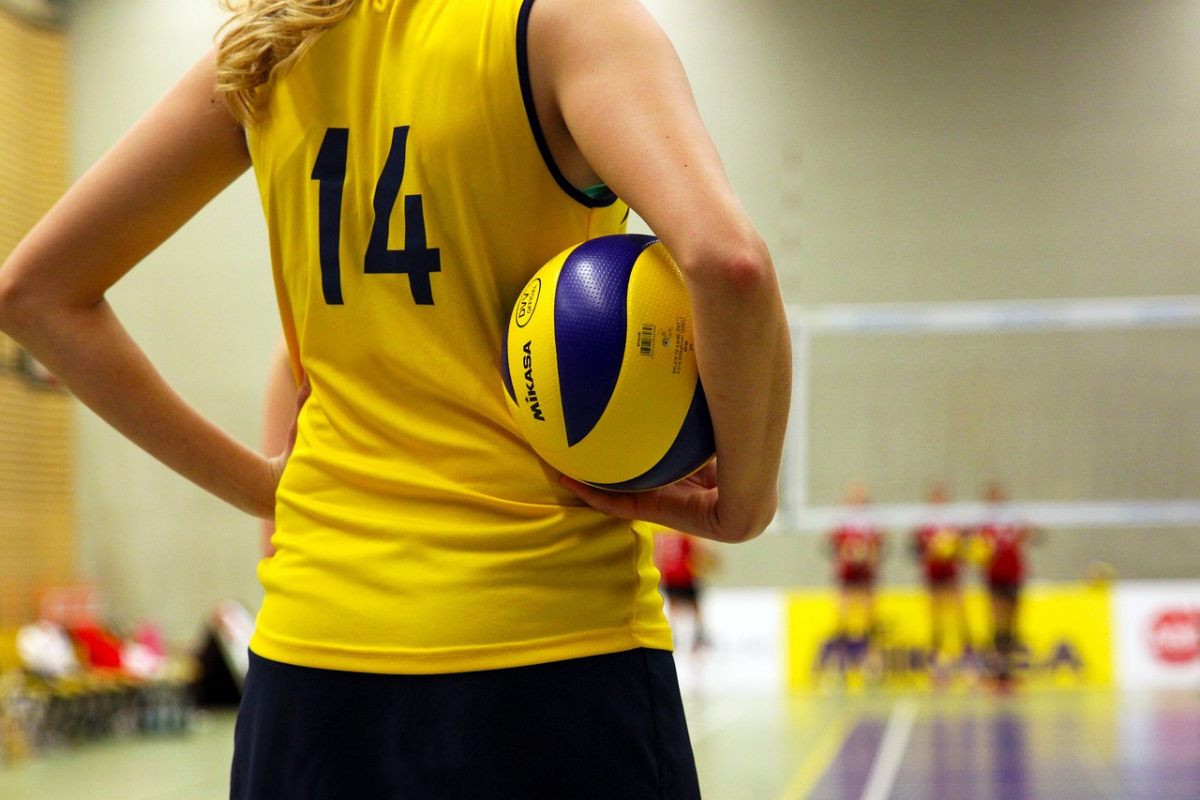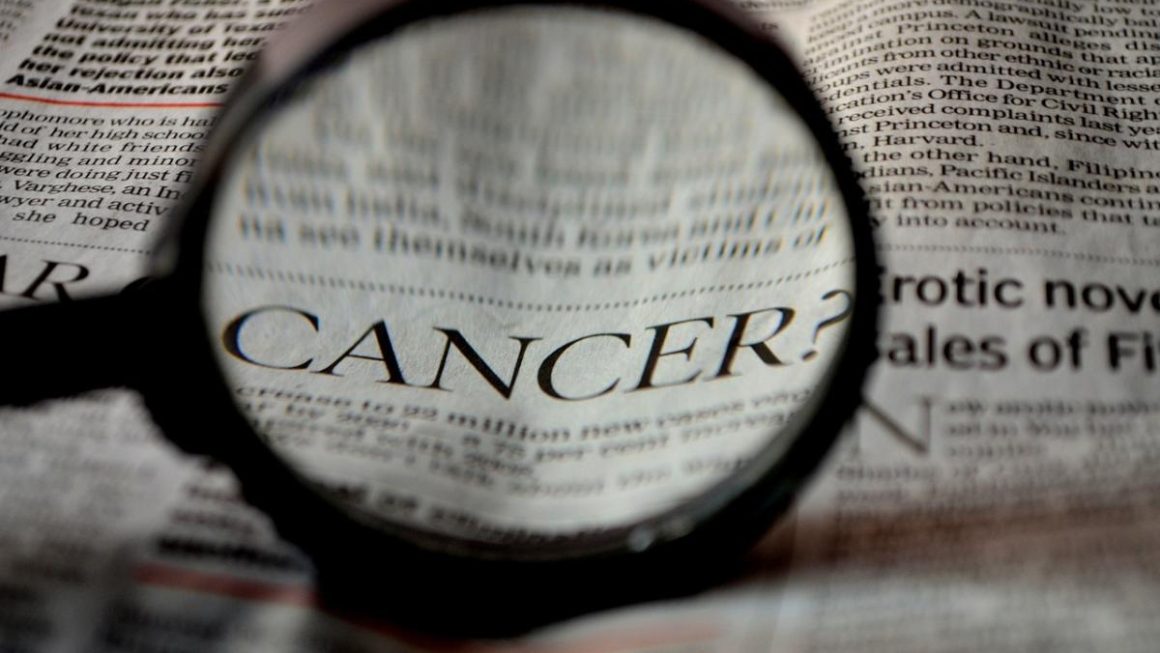Injuries are an inevitable part of engaging in athletic activities and active training for sports. Whether you are an elite athlete or a recreational one, sports injuries can be sudden or develop over time and affect your performance.
The most common sports injuries like fractures, contusions, sprains, strains, cartilage tears, tendinitis, dislocation and swollen muscles warrant immediate medical attention from doctors or sports physios. Unhealed injuries may lead athletes to be affected by chronic conditions like fibromyalgia and Chronic Fatigue Syndrome.
Usually, the standard line of treatment involves using conventional approaches like popping pain medication, compression, and in extreme cases, immobilisation and surgery. Although tried and tested, these traditional approaches are not the only way to remediate sports-related injuries, with health experts increasingly considering using alternative lines of treatment for treating athletic injuries.
Applying alternative medicine to injury recovery can enhance the recovery process and reduce fatigue of sportspersons and athletes when used alongside conventional medicine.
Learn more about these complementary techniques and the common sports injuries they treat in this article.
1. Performance Anxiety
While athletics and sports need physical agility, they also need mental preparedness. Similarly, sports injuries are not limited to a physical injury or a fall, an injury may also affect a sportsperson’s psychology. You may experience performance anxiety when going through a physical setback or an emotional trauma due to the pressures of the game. Rehabilitating athletes can also experience suppressed emotional states affecting the recovery process.
Alternative Treatment for Performance Anxiety – Hypnotherapy
It is said that when you neglect your mind, your body may end up paying the price, highlighting the importance of taking care of your mind. Hypnotherapy is an unconventional approach to remediate psychological conditions in sports such as performance anxiety, low confidence and emotional trauma.
This approach helps uncover the emotional triggers and thought patterns that shape an individual’s performance anxiety. With the help of techniques such as visualisation, relaxation and positive suggestions, in-person or online hypnotherapy sessions can help you overcome your sports performance anxiety.
2. Chronic Fatigue Syndrome (CFS)
CFS or Chronic Fatigue Syndrome is perhaps not the first thing that pops into your head when thinking about sports injury, but it is a serious condition that some athletes face. Also called Myalgic Encephalomyelitis or ME, CFS is a condition where you experience debilitating fatigue and body exhaustion impacting your everyday activities.
Of the multiple risk factors that cause CFS, physical trauma is one known to be a result of chronic sports injury. Although initial treatment may have triggered the healing process already, chances are that it may have led to an overstrain in your body’s sympathetic nervous system.
Alternative Treatment for CFS – Perrin Treatment
In use for decades, Perrin treatment is an alternative line of therapy for diagnosing and treating Chronic Fatigue Syndrome. Developed by celebrated Osteopath Dr Raymond Perrin, this technique involves manually stimulating the fluid movement of the lymphatic system through your brain and spinal cord and draining ‘toxins’ out of the cerebrospinal fluid by spinal manipulation.
This is followed by targeted massages of your head, neck, back and chest to activate toxin removal by the lymphatic system. Over time and after subsequent sessions, your CFS symptoms may begin to ease.
3. Tennis Elbow
An injury common to tennis players, cricket batsmen and weightlifters alike, tennis elbow is the result of overuse or repetitive strain of the wrist in a backward position. Overworking the forearm muscles leads to this condition with symptoms like pain around the elbow and muscle weakness of the wrist and forearms.
While a combination of conventional treatments like cold therapy, massage and rest do alleviate the pain, it can quickly manifest into a chronic condition with pain for life.
Alternative Treatment for Tennis Elbow – Acupuncture
You can consider acupuncture as an alternative therapy for treating painful tennis elbow injuries. A form of ancient medicine, acupuncture relies on the theory that putting pressure on specific points can alter the transmission of pain signals via targeted nerve pathways. It involves inserting needles of different lengths and thicknesses into specific points in and around your forearm. During an acupuncture session, an acupuncture therapist inserts the needles, rotates and then leaves them for some time.
Subsequent sessions can prove to be effective at managing pain and remediating tennis elbow.
4. Muscle Soreness and Muscle Spasms
Sore muscles are a common side effect of changing training regimens or overtraining, however, it can also lead to serious muscle inflammation and spasms.
Alternative Treatment for Muscle Spasms and Soreness – Cupping Therapy
Usually, massage and physiotherapy interventions are considered the most effective, but cupping therapy is an alternative treatment that may also help. One of the lesser-known therapies, the cupping technique involves placing heated cups on the site of pain or soreness.
Air is pulled out of the cup by vacuum resulting in pressure to loosen the toxins. This technique is still under study and has been used for alleviating muscle spasms of the back, neck and legs.
In Conclusion
Treating sports injuries through alternative treatments can offer you a renewed approach towards injury rehabilitation and getting back on track. These methods are among a growing number of therapies that have demonstrated success in relieving pain and repairing sports and training injuries.
However, you need to consider various factors, such as the type, seriousness of the injury and your overall health condition, before choosing an alternative direction to follow for curing your injury.




